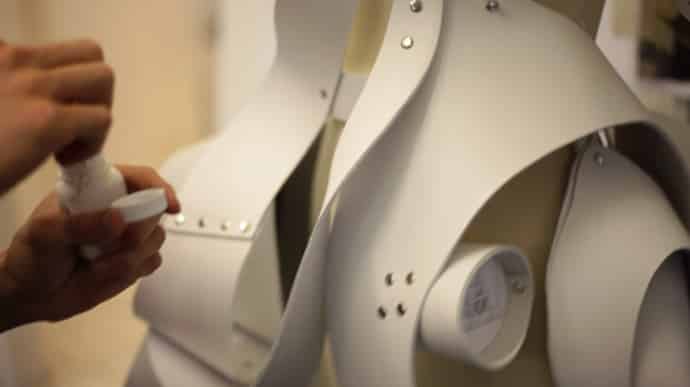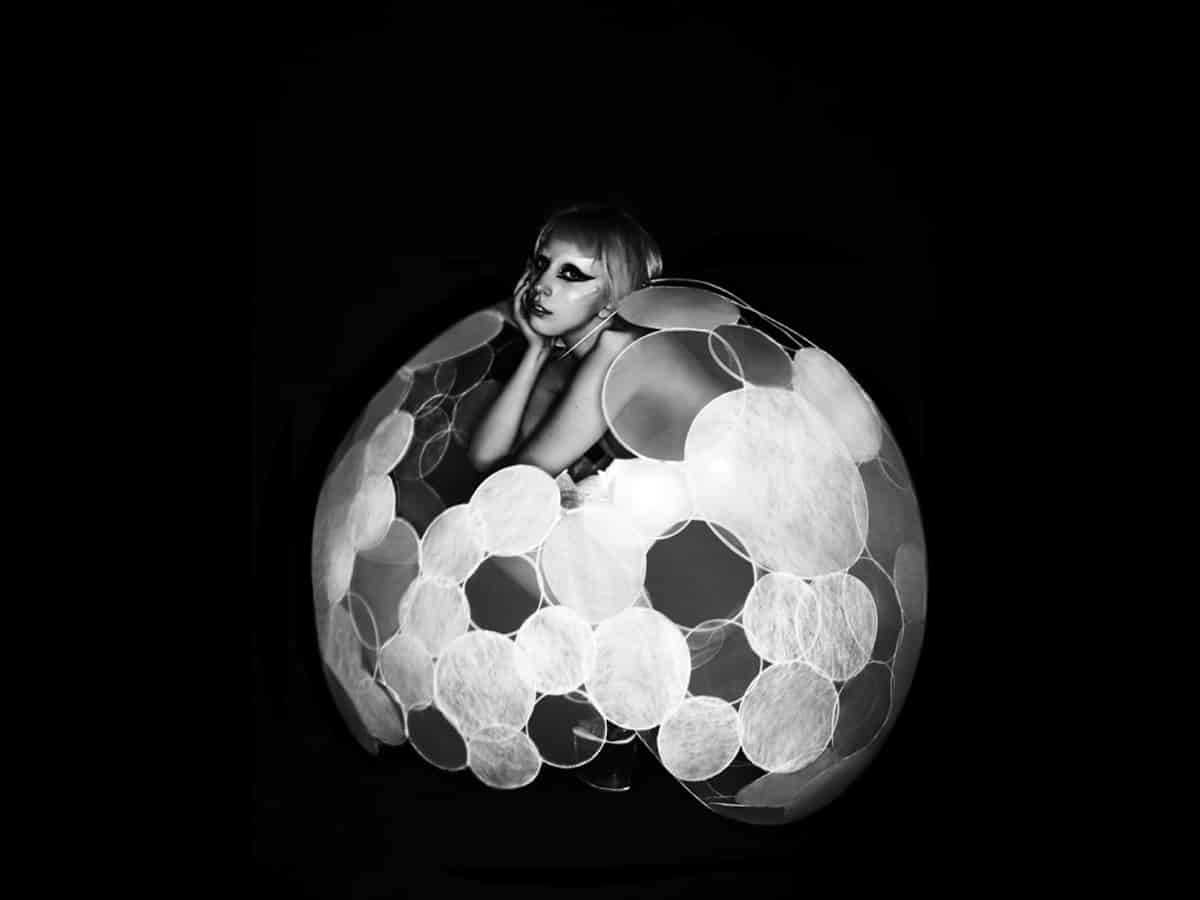Fashion Tech: Nancy Tilbury of Studio XO
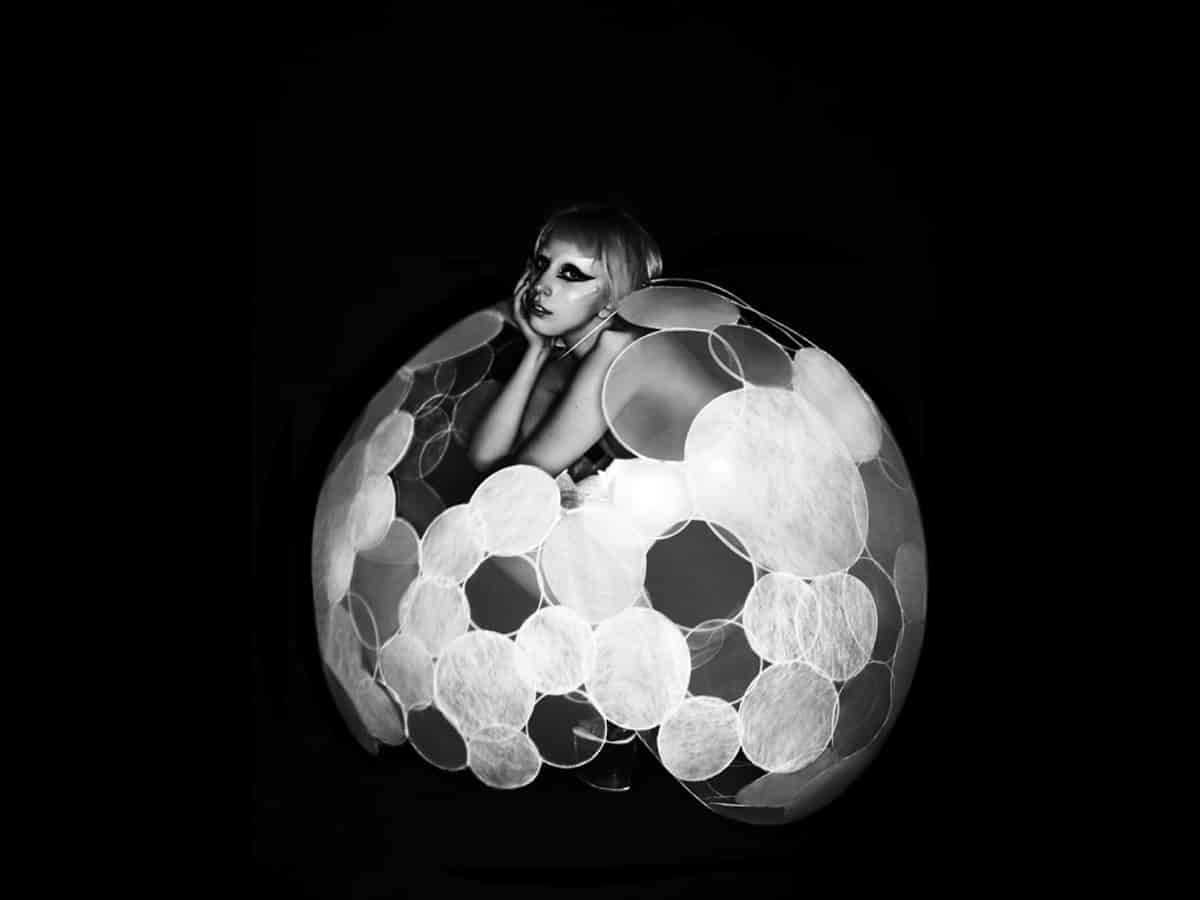 Studio XO is the fashion lab behind some of the most breathtaking moments in live music. Azealia Banks' digital 'mermaid' bra, costumes for the Black Eyed Peas that blinked and flashed in controlled sequences, LED-dotted boots for JLS.
Studio XO is the fashion lab behind some of the most breathtaking moments in live music. Azealia Banks' digital 'mermaid' bra, costumes for the Black Eyed Peas that blinked and flashed in controlled sequences, LED-dotted boots for JLS.
Perhaps most memorably, they created Volantis, a flying manned drone ‘dress’ that lifted Gaga off the ground. Stunning, dramatic - but of greater value than an Instagram pic? Studio XO, brainchild of mechanical engineer Ben Males and RCA fashion graduate Nancy Tilbury, think true digital fashion is only just starting to be explored.
Later this month, Tilbury will be one of the speakers at Fashion Undressed with MasterCard, the Southbank Centre’s first ever dedicated fashion weekend, at Fashion Undressed Bites: Technology (information here). I talk to her before the event. Fashion Undressed with MasterCard, 23-24 July. For more information and tickets, visit www.southbank.co.uk
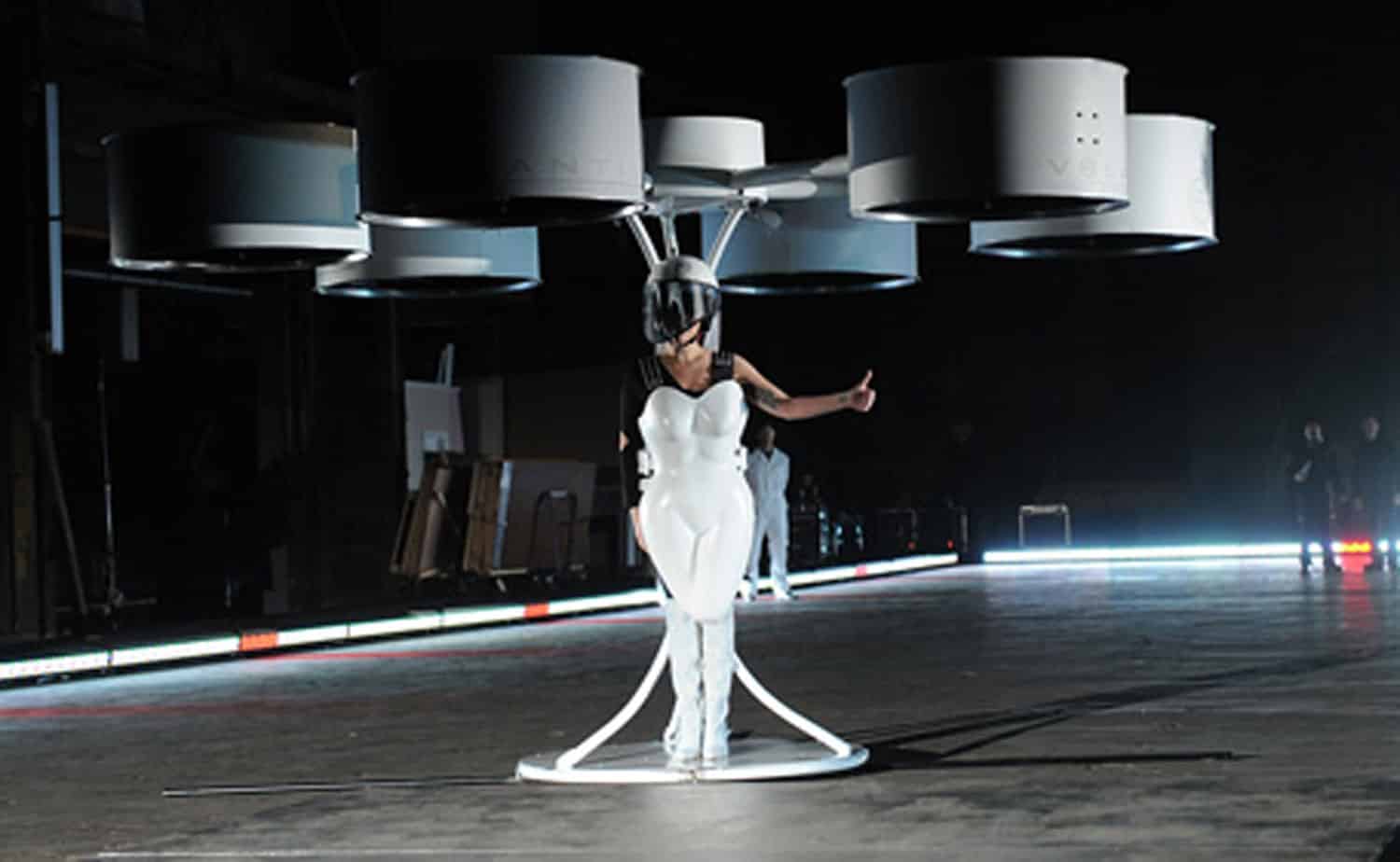
Bel: What is the future of digital fashion? Nancy: In an age of rapid technological advancement, fashion - and in particularly fashion fabrication - has remained passive. During the next decade, we will finally see fabrics transform into a new media for self-expression. Textiles will be woven with computational fibres and micro-sensors, flexible displays will be tailored into our wardrobes.
[This will be a] game-changing moment for an industry which is traditionally more concerned with nostalgia. The trailblazers will be co-creatives [people who work across both technology and fashion]. New brands will emerge. This new wave of digitised fashion, for a new type of tech-savvy consumer, will transform the fashion industry.
Studio XO will allow wearers to transform the surface of their clothing, pushing the notion of print, graphics and branding on the body as we become connected to places, spaces, people and content in new ways. A new generation who have never known a world without ubiquitous computing will show us the future of fashion.
Bel: Who are the current pioneers? Nancy: Iris van Herpen, Hussein Chalayan, ThreeasFour, Bio-Couture, The Unseen and XO stand out. Couture should be driving technology but very few are truly able to combine its sensitivity and authenticity with technology. However, exciting innovations in material science will soon enable this group of ‘hybrid designers’ to create transformative work.

It’s excellent to see Iris van Herpen awarded couture status in Paris; she crafts material science and couture together seamlessly. Suzanne Lee of Bio-Couture is transforming biological matter and fashion fabrication as the executive creative director at Modern Meadow, a company that develops leather-less leather and bio-composites which will transform sustainability fashion.
Ishwari Thorpe, head of a new fashion technology incubator at the Centre for Fashion Enterprise, is makin strides in building our industry. Finally, I’d also watch the RCA. If Zowie Broach, recently appointed radical professor of fashion, has her way, technology will sit at the heart of the craft of fashion and will play a dominant role in graduate collections in the next decade.
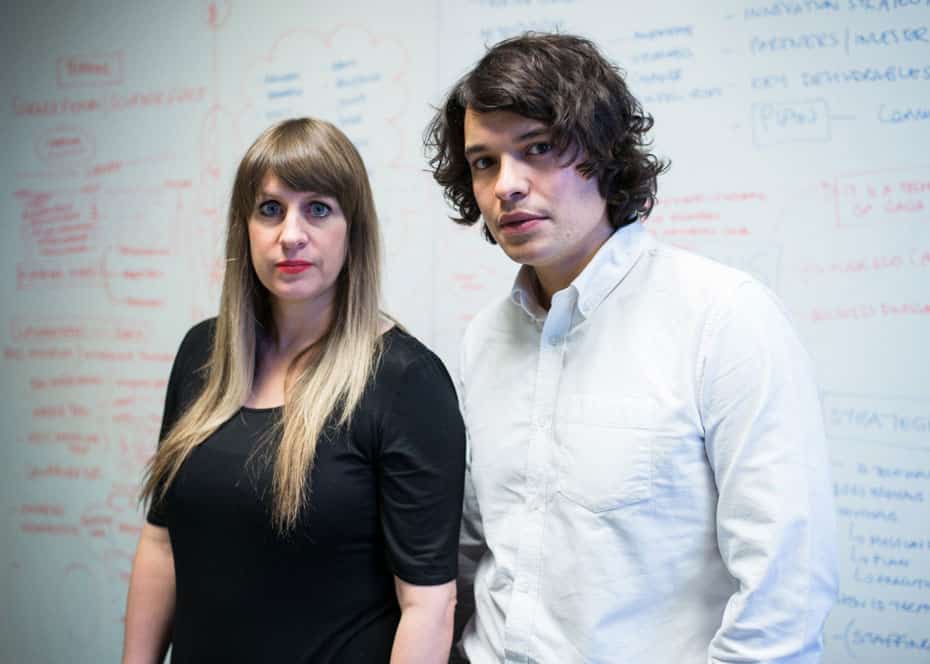
Bel: Is there a new material that fascinates you? Nancy: Graphene is a lightweight, flexible super-conductor which will enable us to create digital skins embedded in, on and around the human body. It'll allow [the placement of] flexible low cost printable sensors, micro scale fibre computing and body area networks, conductive printed electronic circuits inside every shirt and skirt. Ultimately, it will transform textiles, making science fiction fact. Think Back to the Future and Bladerunner.
Bel: Do you see technology as a way of conveying emotion? Nancy: We see wearable technology in fashion as a new freedom of self-expression. Fashion is highly emotional. Consumers make decisions about what they wear based on their mood and how they feel. There is a huge opportunity to bring effects to fashion based on emotion.
Bel: Is there a project that continues to influence the way you work? Nancy: XOX, our emotional sending wearable, designed in the early 2000’s and scaled in 2014 for Saatchi & Saatchi. XOX reads your emotion and broadcasts it to a server. The Philips Blushing dress, which reads and shares your emotions visually on the surface of its couture structure, is from the same family. And, of course, there is our collaboration with Richard Nicoll at London Fashion Week, where Disney sponsored us to create a dress represented pixie dust. We created a fibre optic silhouette which Forbes described as ‘the most beautiful wearable technology.’
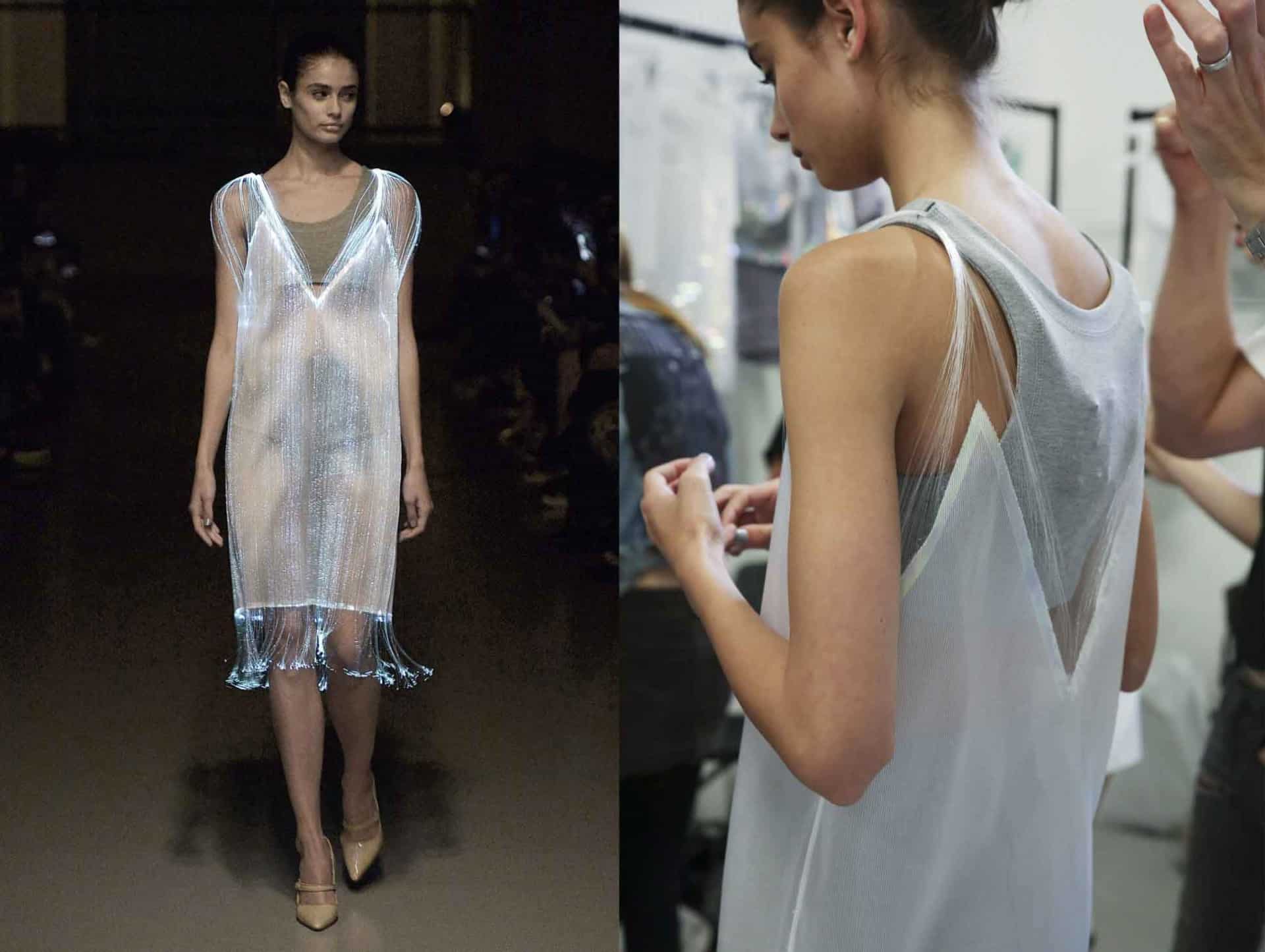
Bel: What are is Studio XO currently working on? Nancy: We’re launching an app connected fashion brand. Our ambition is to build a market place for wearable content and experiences. Our short term commercial focus is launching interactive fashion merchandise for events, touring and gaming. Our co-branded merch will start retailing during 2017 with global artists and brands. Finally, we’re working on our first consumer products - a light-up, app-connected cap and backpack. They’ll allow wearers to change the colour of their cap or backpack based on mood, location or media streams and music.
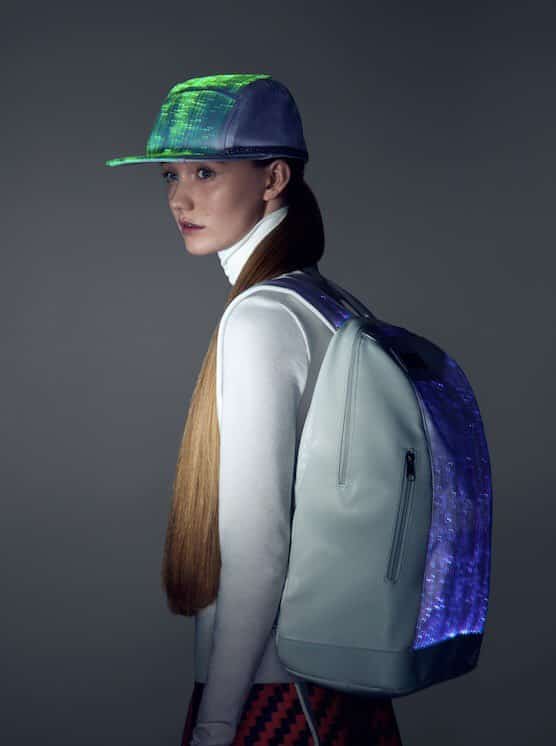
Bel: Where is the dividing line between gimmickry and substance? Nancy: Unfortunately, so far, wearable technology in fashion has been dominated by gimmickry. Look back at its formative years. At MIT, for example, the industry was dominated by engineers with no desire to consider design. We’ll see a shift from gimmickry to substance when a fashion brand [emerges] that the next generation will fall in love with. This brand won’t call its products ‘wearables’; it won’t need to talk about whether something is tech and fashion. And the products themselves will be seductive, much like Beats by Dre or Apple in tech and Hood by Air or Vetements.
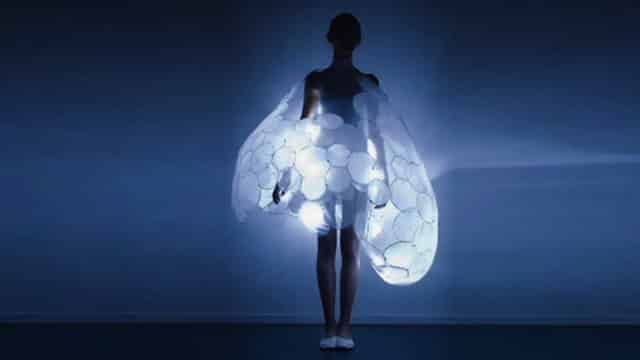
We also have to understand the shift in consumer behaviour and how something that feels gimmicky to an older millennial might not be a novelty to a Gen Z. Wearable tech is like Snapchat: adopted early by a younger generation and leaving previous generations baffled.
Technology integrated into fashion is not necessarily for you or I; it’s for the next generation to adopt, adapt and define. This is the generation who do want to control the colour of their clothing, who want their shirts to send feedback loops to their favourite influencers, who want to be able to play with content from their media streams on the surface of their body. What was gimmicky will be considered design with substance. And the brand that cracks this will be the next billion dollar fashion business. Move over, LVMH and Gucci.
